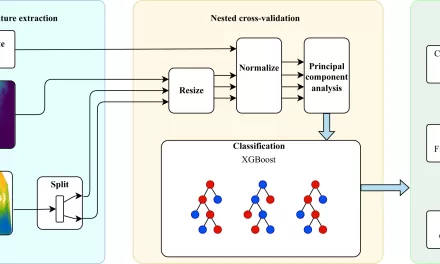In a groundbreaking study published in The Lancet, the latest findings from the Global Burden of Disease Study 2021 reveal optimistic projections for global life expectancy over the coming decades. According to the study, life expectancy worldwide is set to rise by 4.9 years in males and 4.2 years in females between 2022 and 2050.
This increase is expected to be most pronounced in regions where life expectancy has historically been lower, marking a significant step towards global convergence in life expectancy rates. The driving forces behind this trend include effective public health measures that have successfully prevented and improved survival rates from a spectrum of diseases, including cardiovascular diseases, COVID-19, and various communicable, maternal, neonatal, and nutritional conditions.
A notable shift highlighted in the study is the ongoing transition in disease burden from communicable, maternal, neonatal, and nutritional diseases (CMNNs) to non-communicable diseases (NCDs) such as cardiovascular diseases, cancer, chronic obstructive pulmonary disease, and diabetes. This transition is accompanied by a shift from years of life lost (YLLs) to years lived with disability (YLDs), indicating that while more people are expected to live longer lives, they may also experience more years in poor health.
Dr. Chris Murray, Chair of Health Metrics Sciences at the University of Washington and Director of the Institute for Health Metrics and Evaluation (IHME), emphasized, “In addition to an increase in overall life expectancy, we are witnessing a narrowing disparity in life expectancy across different regions globally.” He pointed out that sub-Saharan Africa stands to benefit significantly from these improvements.
The study forecasts a rise in global life expectancy from 73.6 years in 2022 to 78.1 years in 2050, accompanied by an increase in global healthy life expectancy (HALE) from 64.8 years to 67.4 years over the same period. These projections are based on comprehensive analyses of cause-specific mortality, years of life lost, years lived with disability, disability-adjusted life years (DALYs), and more across 204 countries and territories.
Moreover, the study’s authors underscored the critical role of policy interventions aimed at mitigating behavioral and metabolic risk factors in further reducing global disease burdens. Dr. Stein Emil Vollset, leading the GBD Collaborating Unit at the Norwegian Institute of Public Health, highlighted the potential impact of alternative scenarios aimed at eliminating key risk factors by 2050, with significant reductions in disease burden predicted under scenarios targeting improved behavioral and metabolic risks.
As the world looks ahead, these findings provide a compelling roadmap for global health initiatives, emphasizing the importance of continued investment in public health strategies to enhance longevity and promote healthier living worldwide.
For further details, the study is available in The Lancet (2024).












